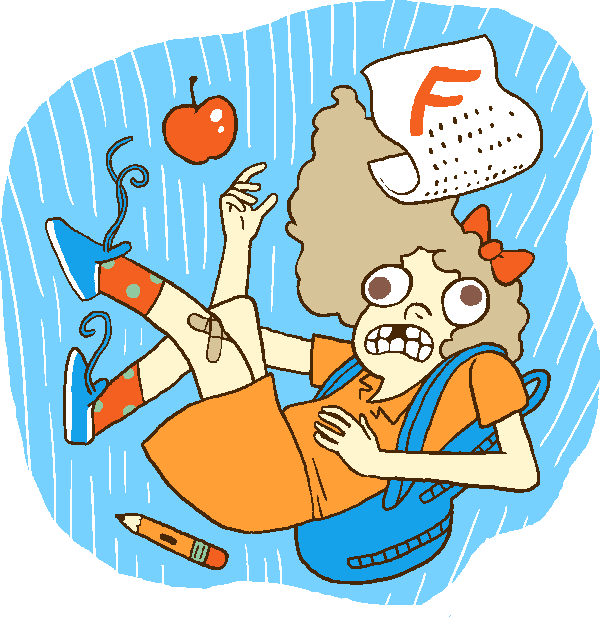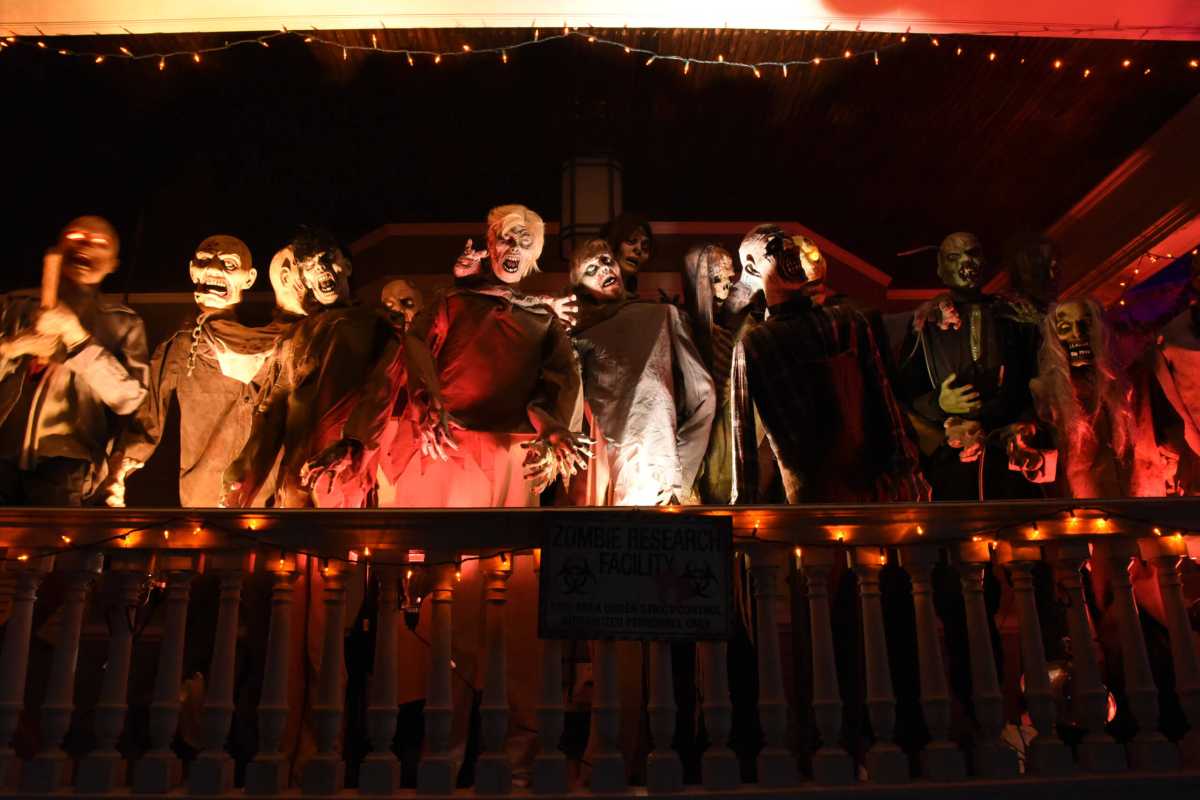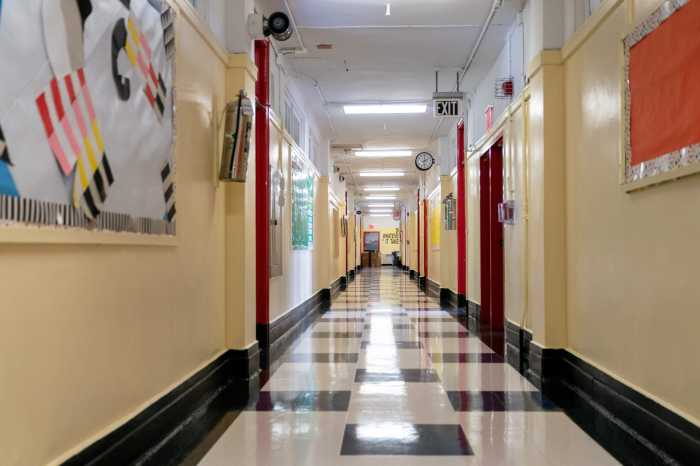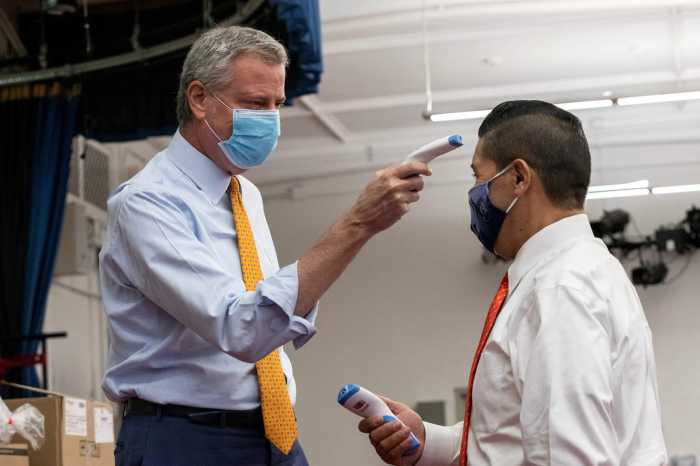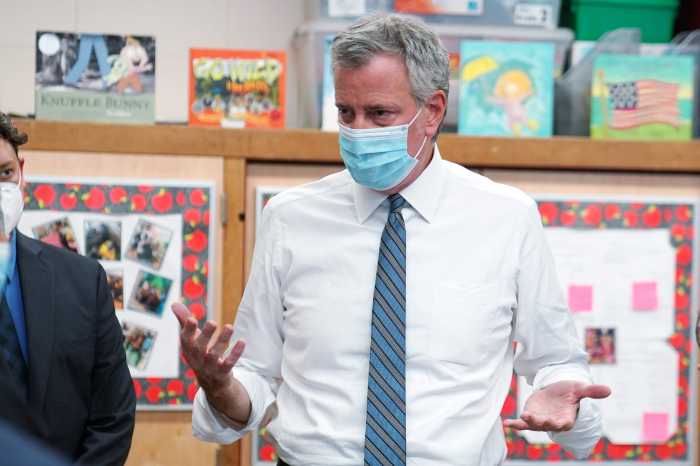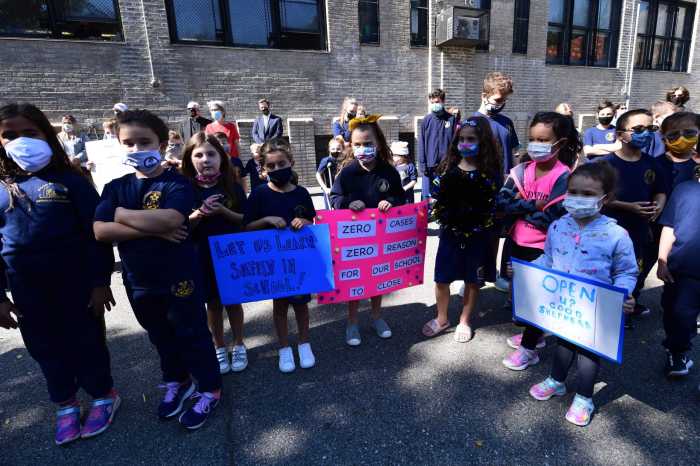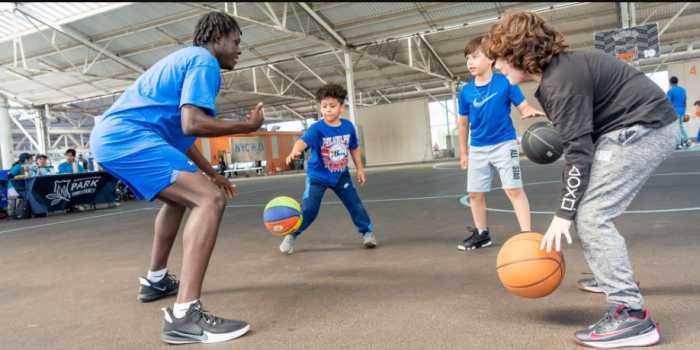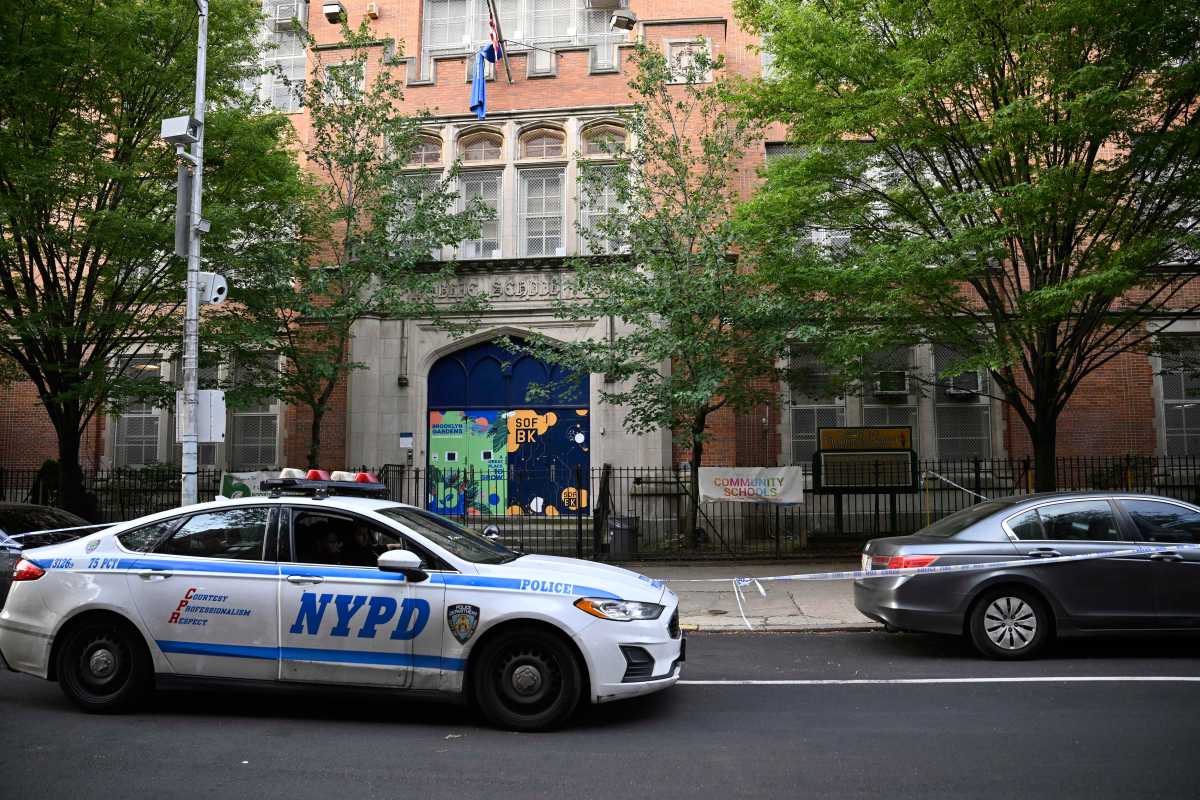With Halloween right around the corner, a night of trick-or-treating is approaching. While this is an exciting time for children, it is also a time when they could be put at risk of injury or sickness.
Fortunately, keeping parents informed on some simple tips mitigates most of the risk. Dr. Ian Wittman, chief of service for the Emergency Department at NYU Langone Hospital-Brooklyn, is encouraging anyone accompanying trick-or-treaters to be aware of a few safety precautions.
“With this exciting time of year coming up, there may be some safety risks that we may not always think about,” said Dr. Wittman. “By keeping a few small safety tips top of mind, Halloween can be safe and fun for everyone.”
Exercise caution crossing streets
A 2019 study from JAMA Pediatrics says 4- to 8-year-old children experienced a 10-fold increase in pedestrian fatality risk on Halloween, with the risks highest around 6 p.m. when it is getting darker. Be sure that you keep a close eye on any children and better yet, use a costume that is reflective and of light colors.
Trick or treat — not trip and fall
Make sure any trick-or-treater’s costume is properly fitting to prevent children from tripping and falling on the pavement. If they are wearing a mask, make sure the child’s vision is not obscured by the mask.
Avoid getting lost in crowds
In New York City’s densely populated neighborhoods, crowds can form quickly, especially if you are planning to attend a block party. Make sure you always have eyes on your child and review how to contact you or 911 if they get lost.
Masks?
You know best if your trick-or-treaters need masks based on their personal risk factors. Masks remain the best practice for crowded indoor gatherings. Outdoors, however, masks are likely not needed, especially for children. Be sure to stay home if anybody is presenting symptoms of Flu, COVID-19 or other contagious illnesses.
Remember, Halloween is meant to be fun. While there is an increase in risks associated with this holiday, by remaining mindful of best practices, you can keep risks to a minimum for your trick-or-treaters.


